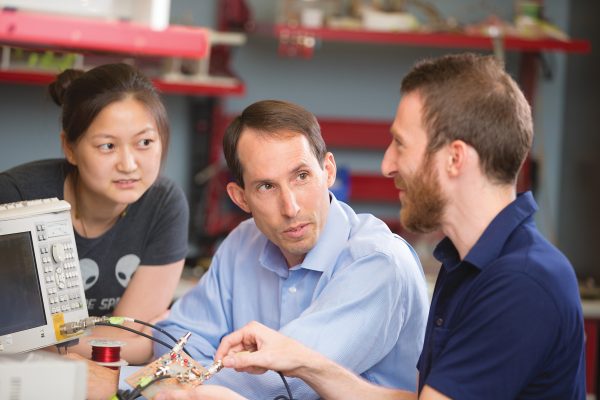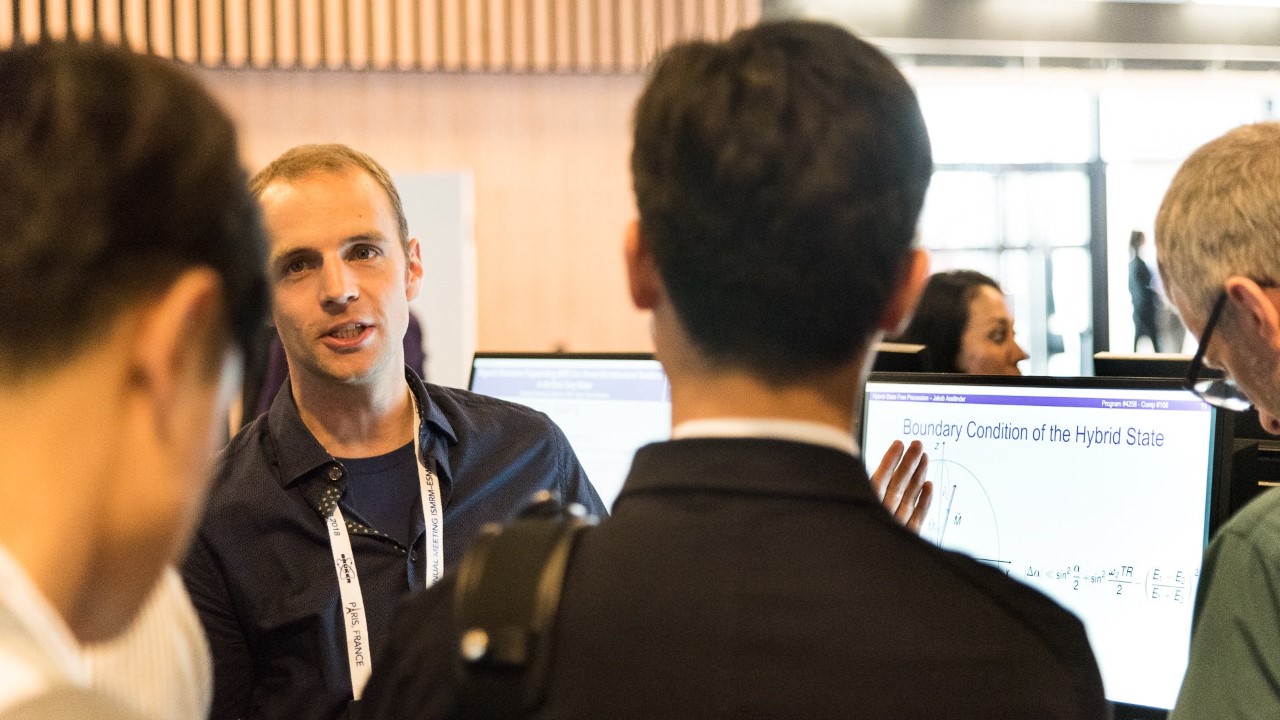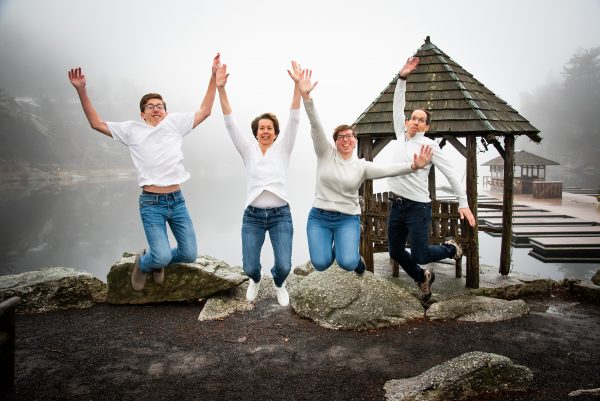By Pinar S Ozbay

This MRM Highlights Pick interview is with Jakob Assländer and Daniel Sodickson, researchers at NYU Langone Health. Their paper is entitled “Generalized Bloch model: A theory for pulsed magnetization transfer”. They propose a new quantitative magnetization transfer (qMT) theory that unifies the original Bloch model, Henkelman’s steady-state theory for magnetization transfer, and the commonly assumed rotation induced by hard pulses (i.e., strong and infinitesimally short applications of RF fields). Their model describes the data of an inversion recovery-magnetization transfer experiment with varying durations of the inversion pulse substantially better than established models can, allowing pulse durations smaller than 300 μs. We chose to highlight this paper because the authors demonstrated exemplary reproducible research practices; in particular, they shared all the code, data, and scripts needed to reproduce their figures, and also created a beautiful tutorial with interactive figures and MyBinder links to run the code from any browser.
To discuss this Q&A, please visit our Discourse forum.
MRMH: Could you briefly tell us about your backgrounds and how you got into the field of MRI?
Dan: This work took me back to my roots in MR, which were not actually in imaging. I did graduate work in solid-state NMR, and worked on classical and quantum models of spin diffusion. It was a couple of years later that I took an accidental turn and got into the imaging side.
Jakob: I was pursuing my MSc degree in physics in Würzburg, Germany, and I was looking for a job on the side to earn some money. There happened to be a job opening with the local MRI group and so I started my MRI journey. I later moved to Freiburg to do my PhD with Jürgen Hennig.
MRMH: Could you share the story behind this work and tell us how the idea evolved?

Jakob: I was working on relaxometry methods, similar to MR fingerprinting. And it turned out that magnetization transfer was a big confounding factor. My original intention was not necessarily to use the specificity that MT offers, even though that’s become a big focus of my work right now. Originally, I just wanted to get rid of the confounding factor. I was looking into the literature on MT modeling and was trying to recreate the existing models for magnetization transfer during RF pulses. And I just couldn’t get it to work for me mathematically; I couldn’t connect these models to the Bloch equation. Maybe somebody will see this interview now and will show me how it’s done. But while I was struggling with that, essentially jotting down equations, I came up with the formulation that we now call the generalized Bloch model. And it turned out that it covers all the extreme cases, and allows for the incorporation of arbitrary line shapes or FID functions. Mathematically, it all worked out very nicely, and so we tried a small NMR experiment and found that the generalized Bloch model describes the experimental data well.
MRMH: Can you explain briefly how your model differs from other existing models?
Dan: The paper sets out a number of cases, but one of them is that of a very short pulse, where you can, in principle, invert the macromolecular pool, which is something the steady-state picture doesn’t allow. So, that’s one way in which our model overcomes a clear limitation of previous models.

Jakob: And it’s not just the steady state; all the MT models that I’m aware of essentially say that if your RF pulse gets shorter and shorter, your semi-solid pool will be saturated to zero, whereas it has actually been shown that if your RF pulse gets short enough you can invert the semi-solid pool. And that is, indeed, something covered by our model.
Dan: But, on the other hand, you may not want to go towards short pulses. If you want to determine the incidental MT effect in a standard experiment, it is very nice that you can accurately describe the signal for any pulse length you happen to be using.
MRMH: Would you say there is room for further improvement of the model?
Jakob: I’m sure that other people will see limitations and possible improvements that I haven’t seen. And I also have a few things in mind. For example, I would be curious to examine in more depth the connection between this classical model and a quantum mechanical description. The main sources of relaxation are intra-molecular dipole-dipole interactions, which are fundamentally quantum mechanical effects. In large molecules that have, say, hundreds or thousands of protons interacting with each other according to different geometrical relations that we don’t really know, quantum mechanical simulations become rather difficult. And even worse, biological tissue contains many different large molecules. In the paper, we state that one of our assumptions is that these dipole-dipole interactions are dissipative, i.e. we assume only relaxation and neglect unitary evolutions that can lead to solid-state spin echoes and similar phenomena. We have to make this assumption to make this classical model work, and when averaging over all dipole-dipole interactions in many different large molecules, these effects likely cancel each other out, so we don’t actually see them in clinical imaging. Therefore, this assumption is probably fine, but, again, I’m a curious person, and I would like to understand this a little better.
MRMH: Any limitations?
Jakob: I think the biggest limitation is experimental access to these effects. Even with Zero TE imaging, it is hard to get effective echo times that are short enough to directly observe the magnetization of the semi-solid spin pool. Therefore, we are limited to observing the semi-solid pool via exchange (or magnetization transfer) with the liquid pool. And exchange models entail many processes that happen at similar time scales. To disentangle these processes requires high SNR and low artifact levels.
MRMH: Is there anything you would like to add?
Dan: I would just say watch out for magnetization transfer. Working with Jakob has taught me that MT plays a larger role in everyday contrast than most people realize. So don’t ignore it.





